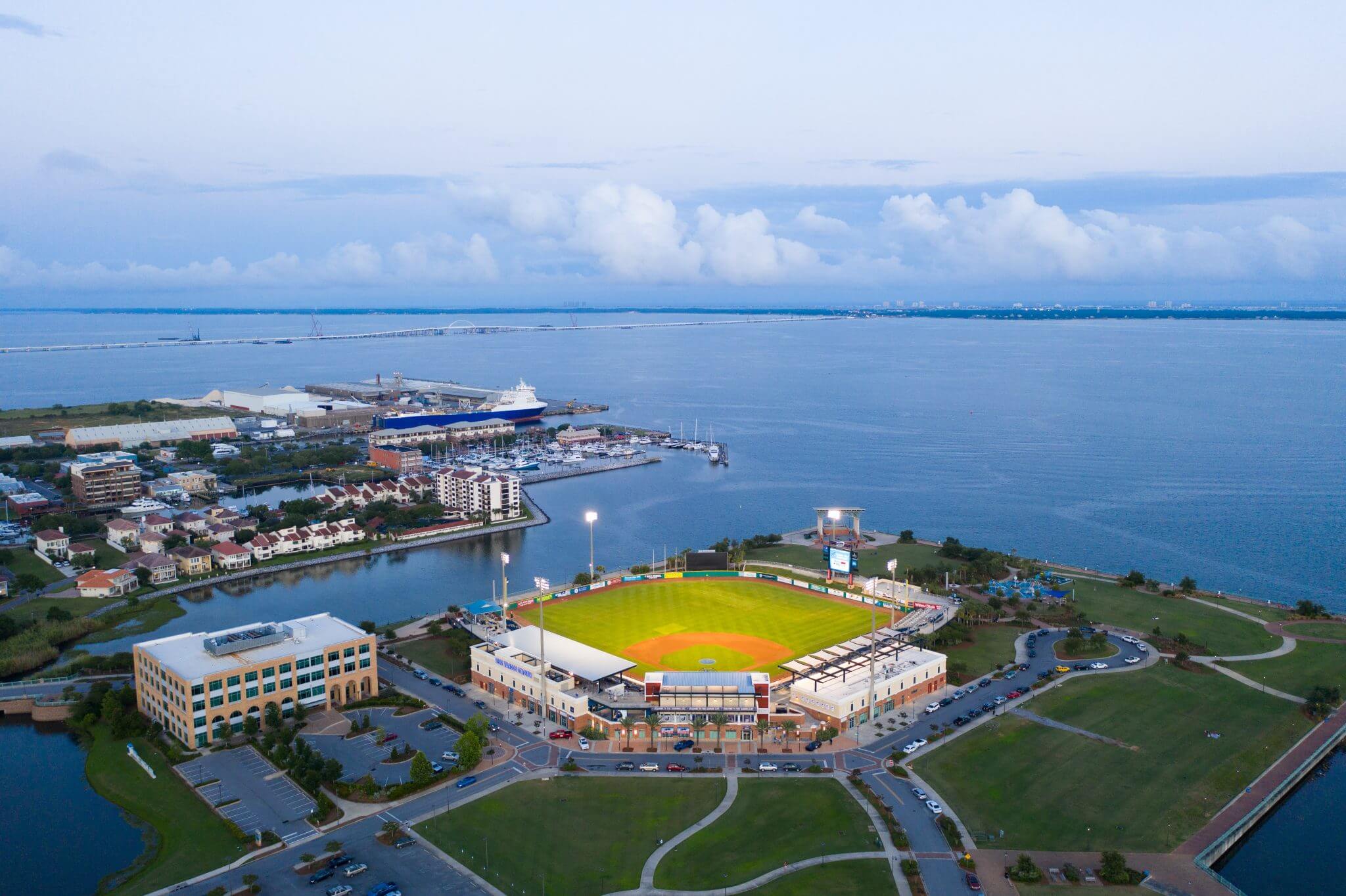In honor of Motorcycle and Bicycle Safety Awareness month, here are a few tips from the Florida Department of Highway Safety and Motorvehicles.
MOTORCYCLE SAFETY AWARENESS
Motorcycle and moped drivers have the same rights and duties as drivers of motor vehicles. Riders committing traffic violations may receive citations. To learn more, download the Florida Motorcycle Handbook. To learn more about approved motorcycle safety courses, motorcycle endorsements or Motorcycle Only licenses, please visit Florida Rider Training Program.
TIPS FOR MOTORISTS
- Never attempt to share the lane with a motorcycle. The motorcyclist is entitled to the entire lane.
- Watch for motorcycles and look carefully before pulling into an intersection or changing lanes.
- It is difficult to gauge the speed of a motorcycle; they may appear to be much farther away than they really are.
- Do not follow too closely behind a motorcycle; motorcycles have the ability to stop more quickly than other vehicles.
- Motorcyclists often slow down by down-shifting or rolling off the throttle, thus not activating the brake light.
- Never pass a motorcyclist with only a few feet of space. The force of the wind gust can cause the rider to lose control.
- When being passed by a motorcycle, maintain your lane position and do not increase your speed.
- Maintain a four-second buffer zone between you and a motorcyclist, and increase space when encountering inclement weather, gusty winds, wet or icy roads, bad road conditions and railroad crossings.
BICYCLE SAFETY AWARENESS
In Florida, the bicycle is legally defined as a vehicle and has all of the privileges, rights and responsibilities on public roads (except for expressways) that a motor vehicle operator does.
Bicyclists may ride out of the bike lane in the travel lane for their own safety due to narrow roads, to avoid obstacles or pavement hazards or to prepare for a left turn. A bicyclist may use the full lane even while traveling substantially below the speed of traffic if the lane is too narrow for both a car and bicycle to share.
To learn more about laws and safety rules for bicyclists, see pages 40 and 41 in the Florida Driver License Handbook.
TIPS FOR MOTORISTS
- Florida law: give bicyclists a minimum of three feet of clearance when driving alongside or passing them.
- When turning, yield to any bicyclist in the bike lane and make your turn behind the cyclist.
- Avoid using high beam headlights when you see a bicyclist approaching.
- Before opening a car door, check for bicyclists who may be approaching from behind.
RULES FOR BICYCLISTS
- Obey all traffic controls and signals.
- If you are not traveling at the speed of other traffic, you must use the bike lane, and if no bike lane is available, you must stay on the right-most side of the road.
- You may use the full lane when making a left turn, passing, avoiding hazards, or when a lane is too narrow for you and a car to share it safely.
- Use directional hand signals to show other drivers that you are about to turn.
- Never attach yourself or your bike to any vehicle on the roadway.
- If you are riding on a sidewalk or crosswalk, you have all the rights and duties as a pedestrian. However, you must yield the right-of-way to pedestrians.
- Between sunset and sunrise, you must have a white light visible from 500 feet on the front of your bicycle and a red reflector and a red light visible from 600 feet on the rear.
- All bicyclists and passengers under age 16 are required to wear helmets.
- When riding with others, you may not ride more than two side-by-side unless it is part of a roadway reserved for bicycles; you must ride single file if you and the other rider are impeding traffic.
BICYCLIST SAFETY TIPS
- No matter your age, wear a helmet.
- Be seen. Wear neon or fluorescent colors when riding and wear something reflective.
- Don’t text while biking.
- Do not ride a bicycle under the influence of alcohol or drugs

